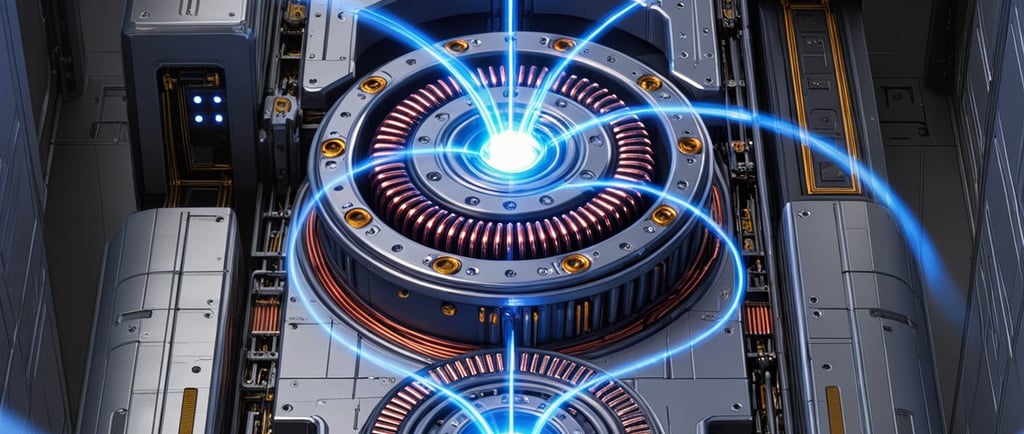Understanding Eddy Currents: The Science Behind Induced Electric Currents


Introduction to Eddy Currents
Eddy currents are fascinating phenomena observed in conductors exposed to changing magnetic fields. According to Faraday's law of electromagnetic induction, these currents arise as loops of electric current induced in the material. This blog post will delve deeper into the nature, implications, and applications of eddy currents.
The Mechanics of Eddy Currents
When a conductor is placed within a varying magnetic field, the lines of magnetic flux through the conductor change over time. As a result, an electromotive force (EMF) is generated, leading to the flow of eddy currents. These currents travel in closed loops within the conductor, maintaining a direction that is perpendicular to the magnetic field. This fascinating process is a direct implication of Faraday's law, which states that a change in magnetic field within a loop induces an electric current.
Real-World Applications of Eddy Currents
Eddy currents are not just theoretical constructs; they have several real-world applications, particularly in industries involving electrical engineering and manufacturing. One notable use is in induction heating, where eddy currents are employed to heat materials rapidly and efficiently. For instance, metal can be heated for forging or welding by inducing these currents, providing a consistent temperature throughout the material.
Additionally, eddy currents play a crucial role in the operation of electromagnetic braking systems. In these systems, eddy currents are generated in a conductor due to the motion of a magnetic field, producing a braking effect that allows for smoother vehicle stops without physical contact. This application demonstrates the potential for eddy currents to enhance safety and efficiency in transportation.
However, eddy currents can also present challenges, particularly when it comes to energy losses in electrical transformers and motors. These unwanted currents can cause heating and subsequent energy wastage, necessitating the design of advanced materials or structures that reduce their impact. Laminated cores in transformers, for example, limit the path available for eddy currents, thus enhancing the overall efficiency of the device.
Conclusion
In conclusion, eddy currents are loops of electric current that are induced within conductors when subjected to a changing magnetic field. These currents flow in closed loops, contributing significantly to various applications across multiple industries—from heating technologies to braking systems. Understanding the principles of eddy currents and their implications allows engineers and scientists to harness their power while mitigating any undesirable effects, paving the way for innovations in electromagnetism and beyond.
